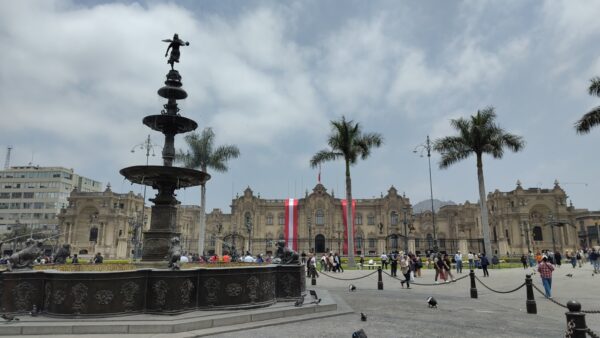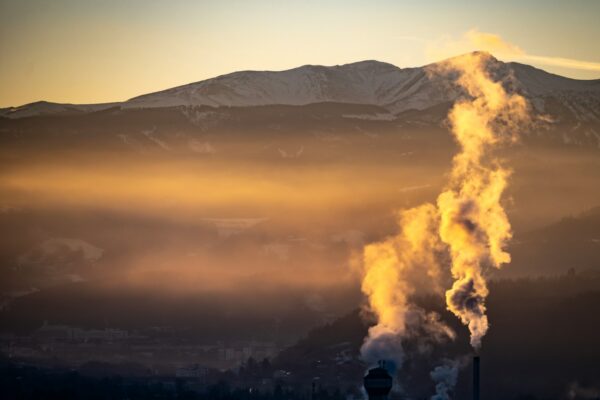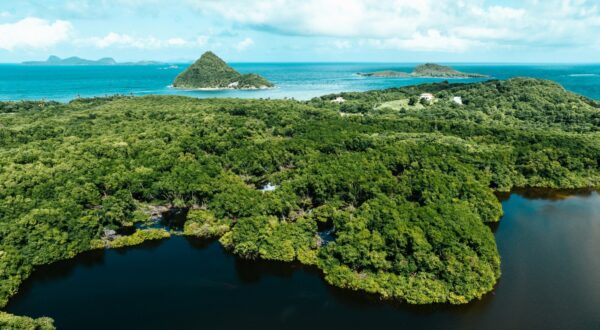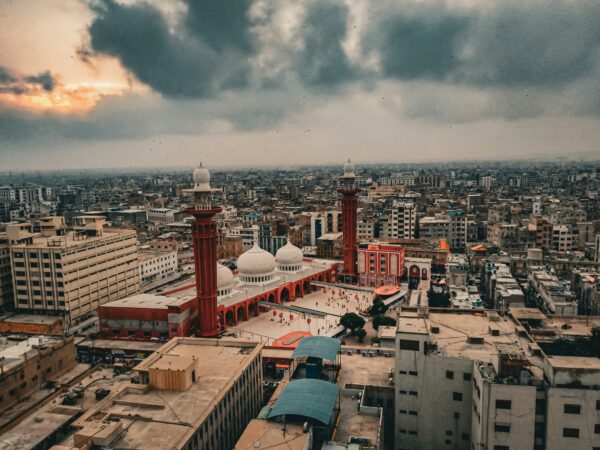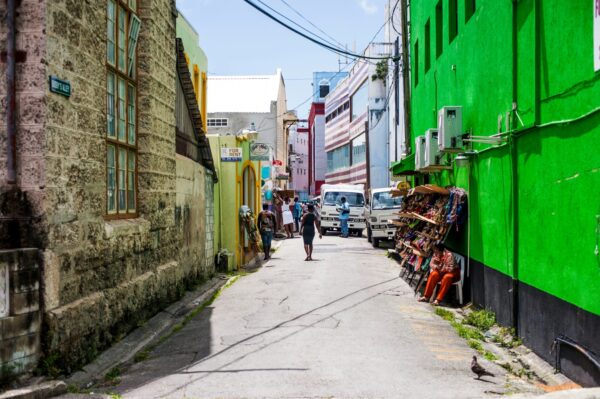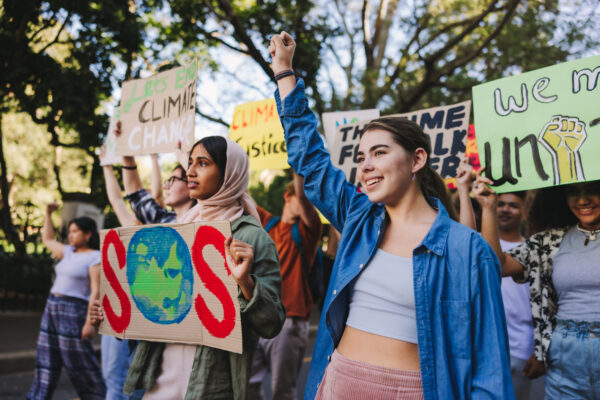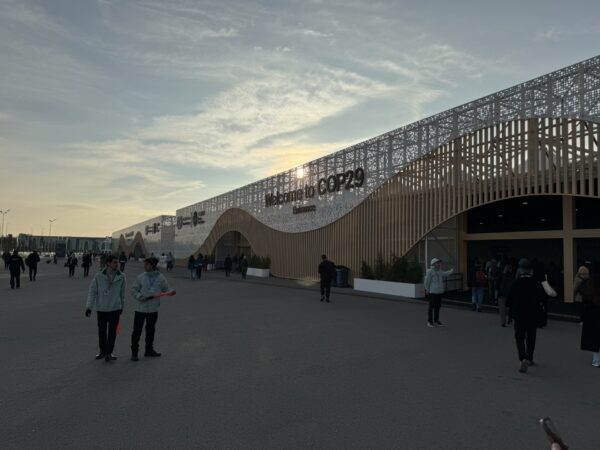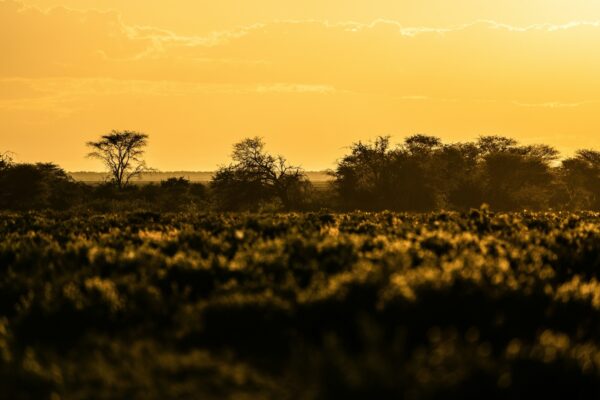IPCC special reports on land, oceans and ice
Share

The IPCC has a busy few years coming up. Work is just starting on the sixth assessment report, which will be finalised by 2021/2022 in order to inform countries in their assessment of progress under the Paris Agreement for the first so-called ‘global stocktake.’ On top of AR6, the IPCC has three special reports to complete – the first on climate change and 1.5˚C warming, the second on climate change and land, and the third on climate change, oceans and the cryosphere.
The three special reports are well underway. The report on 1.5˚C (SR15) is the most pressing as governments will rely on it to determine how they are doing and what needs to be done to reach the Paris long-term temperature goal at the Facilitative Dialogue in 2018.
The other two special reports don’t have quite such a tight timeline, with completion dates set for late 2019, but producing all three reports in such close succession while also starting work on AR6 will be a challenge for all scientists and government representatives involved.
Land, ocean and ice
In March 2017, the IPCC panel – a body composed of government representatives and scientists from all 195 members of the IPCC – met in Guadalajara, Mexico to approve the outlines of the two reports on land (SRCCL) and the oceans and cryosphere (SROCC). While the 1.5˚C warming report was specifically requested by the UNFCCC at COP21 in 2015, these two additional special reports were not born out of Paris; they resulted from the IPCC plenary in Nairobi last spring. The two report outlines up for discussion in Mexico had been developed during scoping meetings attended by experts in the relevant fields.
The contents of each chapter listed in the outlines are only indicative, meaning that report authors will decide the specifics, based on available literature. However, the details contained in the outlines will guide the IPCC’s choice of lead authors. With this in mind, many countries were keen that the outlines should highlight issues that are particularly important to them. And the small island developing states (SIDS) were no exception.
Climate change, the oceans and the cryosphere
For SIDS, the oceans and cryosphere report is highly relevant as it covers issues from sea level rise to impacts on coral reefs fisheries to extreme events such as storm surges.
The report carries a narrative of water flowing from the high mountains (for example the Himalayas and Andes) (chapter 2) and the polar regions (chapter 3) through to the oceans (chapters 4 and 5). The last chapter (chapter 6) incorporates both the oceans and cryosphere to look at extreme events and abrupt changes in these systems, and the management of associated risks.
The last three chapters are particularly important to SIDS:
Chapter 4 will look at sea level rise and implications for low lying islands, coasts and communities.
This includes observed and projected changes in sea level rise and associated risk, attribution of this sea level rise to climate change, drivers of vulnerability, and pathways to resilience and sustainable development. Crucially for SIDS, there is a point on the implications of sea level rise for highly vulnerable zones, “particularly SIDS, coastal cities and infrastructure, deltas and low-lying areas”. The chapter will also look at adaptation measures and their limits, and safety margins, barriers and enablers.
Chapter 5 is on the changing ocean, marine ecosystems and dependent communities.
The longest chapter in the report, chapter 5 will cover a range of interlinking impacts on ecosystems, productivity and food webs, including the combined effects of climate-related stressors such as ocean warming, ocean acidification and oxygen loss. Additionally, it will look at socio-economic impacts of these physical and biogeochemical changes. For example, the effects on ecosystem services, and interactions with other human drivers (e.g. pollution and fishing practices). The chapter will also look at adaptation options and limits, and the viability and implications of nature-based mitigation options.
Chapter 6, titled “Extremes, abrupt changes and managing risk,” will look at both ocean and cryosphere systems over a range of timescales, including rapid-onset events such as storms and marine heat waves – which will have a significant impact on many SIDS – and abrupt, irreversible changes in ocean circulation that could occur over decades to centuries and will have global implications. It will cover ways of managing these risks to build resilience as well as monitoring and early warning systems.
The outline also specifies that there will be a cross-chapter box on low-lying islands and coasts, providing an excellent opportunity for the authors to consolidate information on how climate-related stressors will interact with other stressors in the context of low-lying islands.
Climate change and land
The special report on climate change and land also covers important topics for SIDS. Land degradation (chapter 4) and impacts of climate change on food security (chapter 5) are especially relevant, given that land is a scarce resource on small islands. The impact of rising seas and associated salinisation of the soils is a serious cause for concern, as are the consequences of changing rainfall and temperatures on crop production.
In Mexico SIDS ensured that the report outline includes a reference to food trade, previously missing from the draft outline. Many SIDS rely on food imports and are thus exceptionally vulnerable to the fluctuating availability and price volatility. Food prices are set to rise as the climate warms, which will substantially raise food costs for the poor. Climate impacts on domestic food production in SIDS will increase this dependence on imports, rendering many small islands vulnerable to weather events, export bans and economic shocks in other regions.
Additionally, many SIDS depend on a small number of export commodities, and as a result their economies are particularly vulnerable to natural disasters or diseases that affect their cash crops. However, research has largely overlooked climate impacts on cash crops, and the AR5 reports highlighted that more research is needed into innovations in food trade. Thus the land special report offers an important opportunity to consolidate research in this area.
Loss and damage in the special reports
Many SIDS are already experiencing loss and damage from the effects of climate change. The increasing frequency and strength of hurricanes and storms is eroding coastlines and disrupting cash crop production, causing significant losses; and coral reefs and the fisheries that they support are suffering in warmer, more acidic waters.
While there is no official definition of the term “loss and damage”, it refers to the impacts of climate-related stressors that cannot be or have not been avoided through adaptation or mitigation (Van Der Geest & Warner, 2015; Warner & Van Der Geest, 2013).
During the Guadalajara plenary, SIDS and several African countries pushed strongly for loss and damage to be included in both outlines. There was not yet appetite from all countries to add a bullet point explicitly on loss and damage. Some countries, it appears, still see loss and damage as a controversial political issue rather than a reality affecting human lives and livelihoods (e.g. Vanhala & Hestbaek, 2014). However, the plenary agreed to incorporate some of the core components of loss and damage – namely climate change attribution, adaptation limits and residual risks.
Attribution is necessary as a means to determine the extent to which impacts are caused by climate change – this is particularly important for storms and extreme events that are made more frequent or more powerful by climate change, but were also a feature of the pre-industrial climate.
Adaptation limits cover the barriers that might prevent a population from being able to adapt to the effects of climate change, and these were well covered in AR5.
Residual risk refers to the remaining risk of loss and damage that could occur even after adaptation and mitigation measures have been put in place.
The loss and damage issue is inherently complex (as indeed are most topics covered by the IPCC), and the IPCC has an important role to play in consolidating the thinking already contained in the scientific literature. The special report outlines now contain the key ingredients of loss and damage, as pushed for by SIDS, which is an important step forward in improving knowledge on this issue. And yet, a timely opportunity to explicitly respond to the knowledge need was arguably wasted, and the chance to send a signal to the wider research community to engage in loss and damage research was missed.
Next steps
Small islands already feel the impacts of climate change and there is a critical need for scientific evidence on the likely effects, attribution to climate change, measures for adapting to climate change and mechanisms for dealing with those impacts that are beyond adaptation. There is an ongoing bias towards scientific observations and modelling in the developed countries – in particular in Europe and North America – so it is crucial that more scientific effort is focused on the more vulnerable regions (Huggel et al., 2016).
To help with this, the small islands and least developed countries should nominate scientists working in their regions to be authors for the IPCC’s reports. For the two special reports on land and the oceans and cryosphere nominations will close on 17th May, and for AR6 nominations will take place in autumn, with a deadline in mid-October.
Finally, we mustn’t forget the ongoing work on AR6. Last week in Addis Ababa a group of IPCC experts met to discuss the outlines for the AR6 reports (more information on this to come), and the IPCC plenary in September this year will be tasked with approving these outlines. It is vital that the SIDS and LDCs are well represented at this session to ensure that key issues – such as loss and damage – are adequately covered in the outlines.
Loss and damage – background information
The concept of loss and damage has been around for many years, although it only entered the official UNFCCC lexicon in 2010 with the initiation of the so-called loss and damage work programme at COP16, which finally lead to the establishment at COP19 in 2013 of a body to deal specifically with issues relating to loss and damage: the so-called Warsaw International Mechanism on Loss and Damage (or WIM for short).
Given that loss and damage has only recently been incorporated into the UNFCCC’s work, the concept was not sufficiently well developed for incorporation into the IPCC’s fifth assessment reports (AR5). The term was only used 30 times in the whole of IPCC WGII AR5, and was not listed in the 30-page glossary (Van Der Geest & Warner, 2015). However, since 2013 an extensive information base on loss and damage has developed, with over 100 peer-reviewed publications available and likely many more forthcoming.
A COP22 decision in 2016 asked the Executive Committee of the WIM to “ensure that the best available science is highlighted” in the WIM’s work (UNFCCC, 2016). The need for scientific information on loss and damage was thus explicitly voiced by governments and collectively supported at COP22. It is clear that the IPCC is the body to provide the best available science as guidance for work under the UNFCCC, and therefore the IPCC’s upcoming reports need to consolidate the available scientific literature on loss and damage and its related concepts. Without such scientific information, policy makers will be poorly equipped to adequately address the issue and to fulfil the mandate of the WIM.
References
Huggel, C., Wallimann-Helmer, I., Stone, D., & Cramer, W. (2016). Reconciling justice and attribution research to advance climate policy. Nature Climate Change, 6(10), 901–908.
UNFCCC. (2016). FCCC/CP/2016/10/Add.1 Report of the Conference of the Parties on its twenty-second session, held in Marrakech from 7 to 18 November 2016, Part two.
Van Der Geest, K., & Warner, K. (2015). What the IPCC 5th Assessment Report has to say about loss and damage.
Vanhala, L., & Hestbaek, C. (2014). Framing Climate Change Loss and Damage in UNFCCC Negotiations. Global Environmental Politics, 14(2), 111–129.
Warner, K., & Van Der Geest, K. (2013). Loss and damage from climate change: local-level evidence from nine vulnerable countries. Int. J. Global Warming, 5(4), 367–386.

